detail profile shojiro ichikawa

Shojiro Ichikawa
市川正二郎
atau dikenal sebagai
Info Pribadi
Peran Yang Di Mainkan Shojiro Ichikawa
 Naosuke a servant of Okajima Yasoemon...
Naosuke a servant of Okajima Yasoemon...Devoted Servant Naosuke 1939
Naosuke, a servant of Okajima Yasoemon, devoted himself to his master. One day, his master Okajima Yasoemon, lost his face in front of people. It was a revenge by Oono, a karo (minister) who lost his chance to earn money by selling a fake antique to the lord. Okajima told the lord it was fake. Okajima endured Oono's humiliation. But, his servant Naosuke, could not. But what could he do? Oono is superior of his master. Naosuke would not hesitate to lay down his life for his master. But killing Oono would ruin his master. He wanted to clear his master's disgrace. What to do?
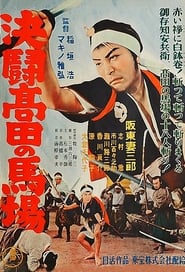 The tale of Nakayama Yasubeis duel...
The tale of Nakayama Yasubeis duel...Blood Spilled at Takadanobaba 1937
The tale of Nakayama Yasubei’s duel is famous, even if he in reality probably did not cut down 18 opponents. The story has been related in film, rakugo, kodan and on stage many times, in part because Nakayama later joined the famous 47 Ronin (Chushingura) as Horibe Yasubei. But Makino and Inagaki’s version gives no hint of this more serious future, playing up the thrills and the comedy with Bando’s bravura performance. The multiple pans of Yasubei running to the duel are an exemplar of the experimental flourishes of 1930s Japanese cinema and the final duel, performed virtually like a dance number, is a marker of Makino’s love of rhythm and one of the best sword fights in Japanese film history. The film was originally released under the title Chikemuri Takadanoba (Bloody Takadanobaba) with a length of 57 minutes, but suffered some cuts and a title change when it was re-released in 1952.
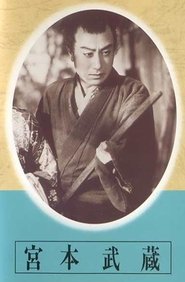 A movie by Hiroshi Inagaki
A movie by Hiroshi Inagaki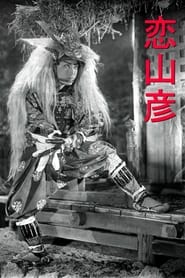 A man is brutally murdered and...
A man is brutally murdered and...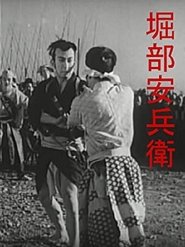 Prewar jidaigeki film from 1936 produced by...
Prewar jidaigeki film from 1936 produced by...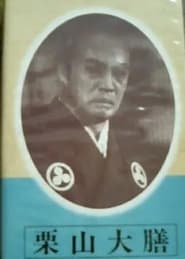 Prewar jidaigeki starring Denjiro Okochi
Prewar jidaigeki starring Denjiro Okochi